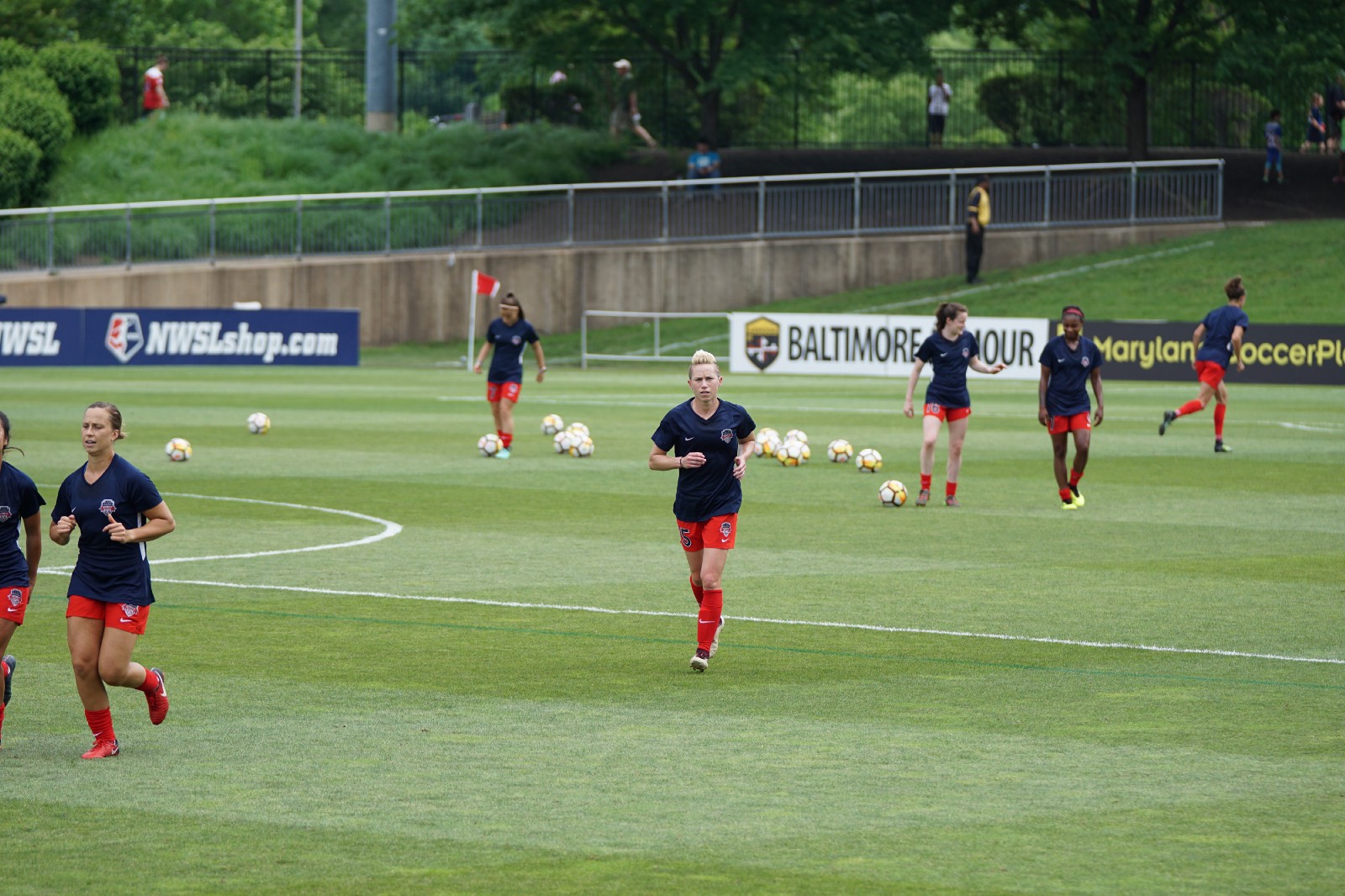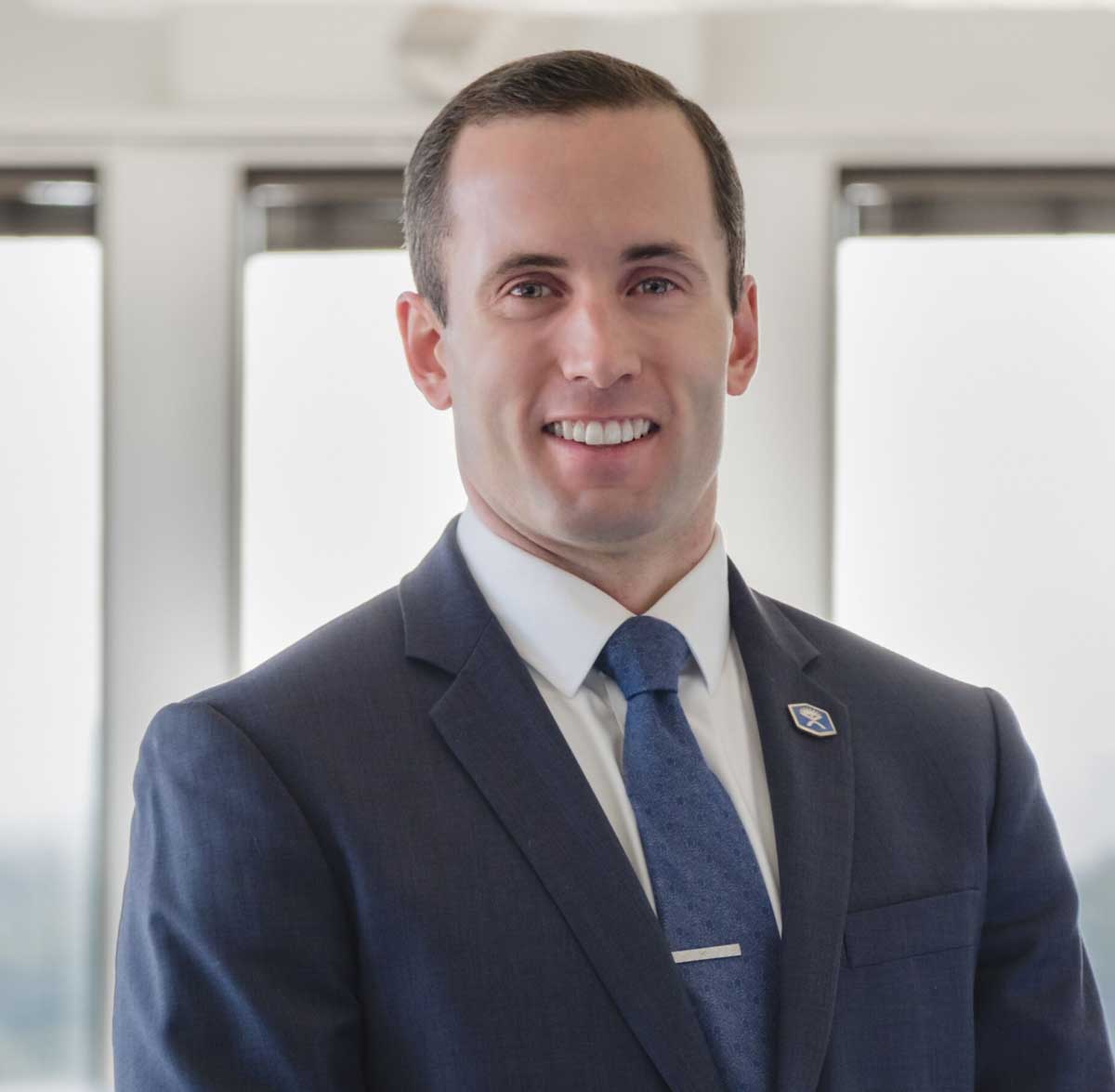Stretching To Prevent and Recover From Injuries: Does It Work?
Stretching is a natural part of all exercise. We stretch during gym class, before starting a group run, information during football practice. If kids don’t stretch they will never get the fancy Presidential Fitness bumper stickers for their parents.
Should you stretch before athletic events? Is flexibility important? Should therapists, coaches, and trainers prescribe stretching?
Stretching Does Not Prevent Injuries
Despite the current evidence, the idea stretching prevents injury — even enhances performance — is taught as a common fact. Every kid growing up in organized sports has experienced lining up and running through the series of stretches comprising the majority of a warm-up. Each generation passes down the tradition of stretching before activity. It spreads beyond organized sports as well. Running groups everywhere start their morning runs with a stretch of the quadriceps, hamstrings, adductions, and gastrocnemius. Yet, it is likely they were not reducing their risk for injury or physically preparing for the run.
Stretching and mobility exercises in isolation do not reduce the risk of injury. Studies that do show a potential protective effect are multi-modal, meaning the stretching is combined with an active warmup and other exercises. Stretching may or may not be the cause. There may be a psychological benefit to stretching — athletes often rely on routines — but the research does not support stretching as an effective method to prevent injuries.
Overall, the research is clear that injury prevention cannot be isolated to a single factor. Among the factors assessed, stretching likely does not need to be considered.
Stretching Does Not ‘Warm Up’ The Body

Like stretching before every soccer and football practice, physical therapists have been prescribing warm-ups prior to the start of their session for decades. You could argue a warm-up has many of the same goals I listed for stretching: injury prevention, improving mobility, pain reduction and pleasure, compounding strength, and performance gains. When assessing the research, warm-ups appear to be effective in many different areas.
The goal of a warm-up is to increase muscle temperature and prepare the body for activity. Static stretching does not accomplish these goals.
Overall, the evidence points to the need for a warm-up to include dynamic activity and be of adequate duration and intensity to create a genuine “warming up” of the muscles. Furthermore, sport or activity specific activity appears to be necessary to maximize the effects on performance and injury prevention.
Stretching Does Not Speed Up Injury Recovery
Stretching does not facilitate healing. It doesn’t support recovery in general, including delayed onset muscle soreness. You will have to find some other means of decreasing the post-leg-day waddle.
Stretching has mixed results in improving flexibility overall. Is flexibility necessary? In short, it depends on the activities you perform.
There is no gold standard flexibility requirement. Just because an average result exists (e.g. 180 degrees of shoulder flexion) does not mean that is “normal” or necessary. It comes down to the demands of your daily activities.
Stretching is not the only means to improve mobility. Often, mobility improves gradually in response to the stresses of the activities you perform. Our bodies are remarkably adaptable and resilient. Static stretching often only results in short term changes. It is likely a result of altered sensation, not due to changes to the viscoelastic properties of muscle.
Long-term mobility adaptations occur with frequent demands of the increased range of motion. Our nervous system often limits our mobility as a protective response. Excessive strain through stretching or a demanding activity can result in tissue damage.
Instead of focusing on static stretching to improve mobility to achieve a reference norm or the amount of mobility you “should” have, focus on your specific needs and gradually build up your active movements. Strength and endurance training can both improve mobility and you will also achieve active control of that mobility.
Should You Stretch? It Depends

In the end, we must ask what the primary goal of the stretching is. Outside of reaching a threshold for P.E. class fitness testing so your parents can proudly brag about their ‘presidential physical fitness’ child, the increase doesn’t provide much benefit. When assessing the research, flexibility is often not necessary.
James Nuzzo sums up his view on using flexibility as a major component of physical fitness in his 2020 paper aptly titled “The Case for Retiring Flexibility as a Major Component of Physical Fitness”. He wrote:
“Flexibility has been researched for over 100 years. Its track record is unimpressive, particularly when viewed in light of other components of physical fitness. Flexibility lacks predictive and concurrent validity value with meaningful health and performance outcomes. Consequently, it should be retired as a major component of fitness”
Some may view this as harsh, but he came to this conclusion after assessing over 300 studies on the topic. Even for the studies that show a benefit in performance or injury prevention, the effect sizes are small, and the study designs are weak.
Note, he did not state flexibility is useless, rather, he stated flexibility is not a major component of physical fitness. This is a common misconception of the paper.
In some cases, general flexibility is vital (gymnastics and cheerleading) while in others more specific flexibility is needed (Olympic lifting and hockey goalies). Much of this adaptation occurs through the repeated demands of the sport, not static stretching. Over time our bodies adapt to the demands we place on it.
Stretching is often used to achieve valid goals: reducing injury risk, recovering from injuries, and improving performance. There are better ways to achieve these goals.
Take effective warm-ups as an example. One of the more popular and evidence-backed warm-up routines was designed as an injury prevention strategy. The “11+” program — sometimes called the FIFA 11 — has demonstrated favorable injury prevention results when the compliance is high. The 20-minute warm-up consists of two stages of running exercises and a stage of strength, plyometric and balance exercises in between. No stretching in sight.
For reducing injury risk and improving performance, building strength and endurance, and adopting sound recovery strategies (sleep and nutrition) will be far more effective than stretching. Use the 20 minutes dedicated to stretching to build strength instead. Focus on load management, diet, and nutrition rather than stretching and foam rolling. The latter strategies may feel good, but they are not creating physiologic adaptations.
We must be wary of anecdotal evidence. Stretching is often promoted unquestioned in athletics and healthcare. The sunk-cost fallacy of past investments of time, money, and effort may tug at us. The confirmation bias of our past success following stretching or the anecdotal guarantee from a mentor or coach may weigh heavily on our mind as well. There are many cognitive biases at play when determining the best course of care.
If we critically evaluate the research, looking at both sides of any argument, we can make an informed decision. In the case of stretching, research simply does not support its supposed benefits.
ABOUT THE AUTHOR

Zach Walston (PT, DPT, OCS) grew up in Northern Virginia and earned his Bachelor of Science in Human Nutrition, Foods, and Exercise at Virginia Polytechnic Institute and State University. He then received his Doctorate of Physical Therapy from Emory University before graduating from the PT Solutions’ Orthopaedic Residency Program in 2015.
Zach has numerous research publications in peer-reviewed rehabilitation and medical journals. He has developed and taught weekend continuing education courses in the areas of plan of care development, exercise prescription, pain science, and nutrition. He has presented full education sessions at APTA NEXT conference and ACRM, PTAG, and FOTO annual conferences multiple platforms sessions and posters at CSM.
Zach is an active member of the Orthopedic and Research sections of the American Physical Therapy Association and the Physical Therapy Association of Georgia. He currently serves on the APTA Science and Practice Affairs Committee and the PTAG Barney Poole Leadership Academy.